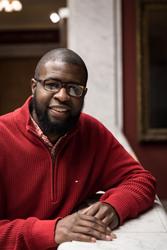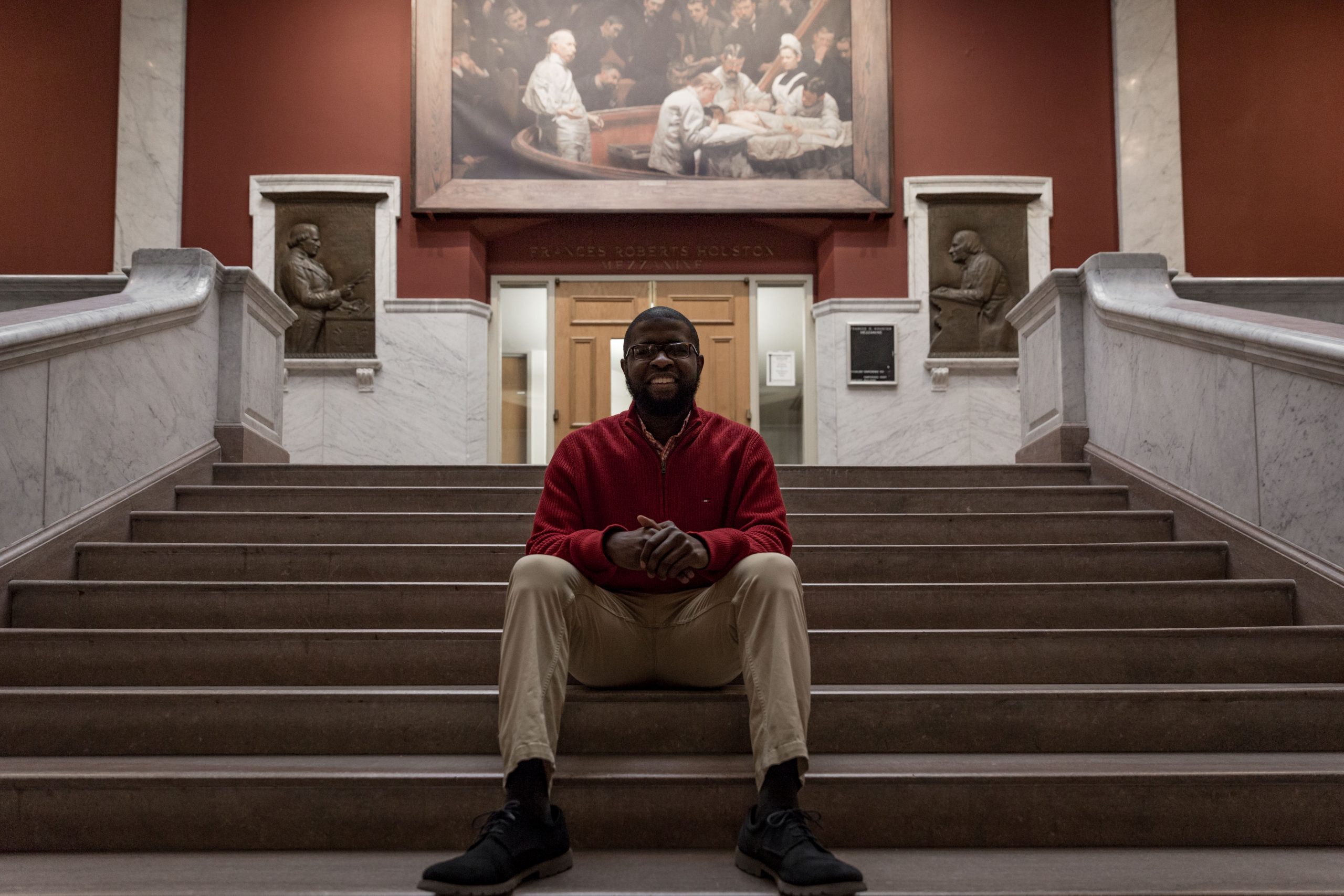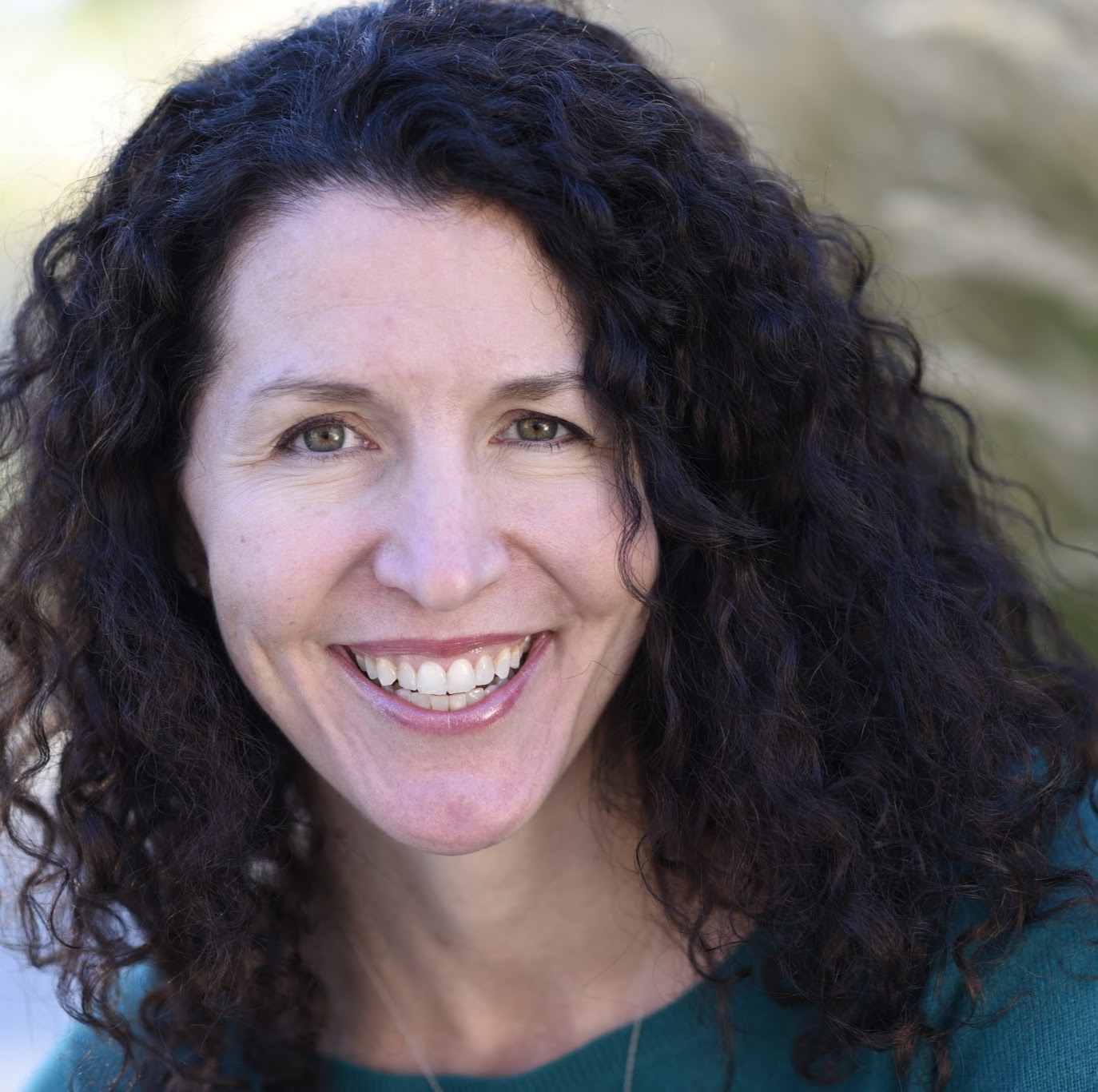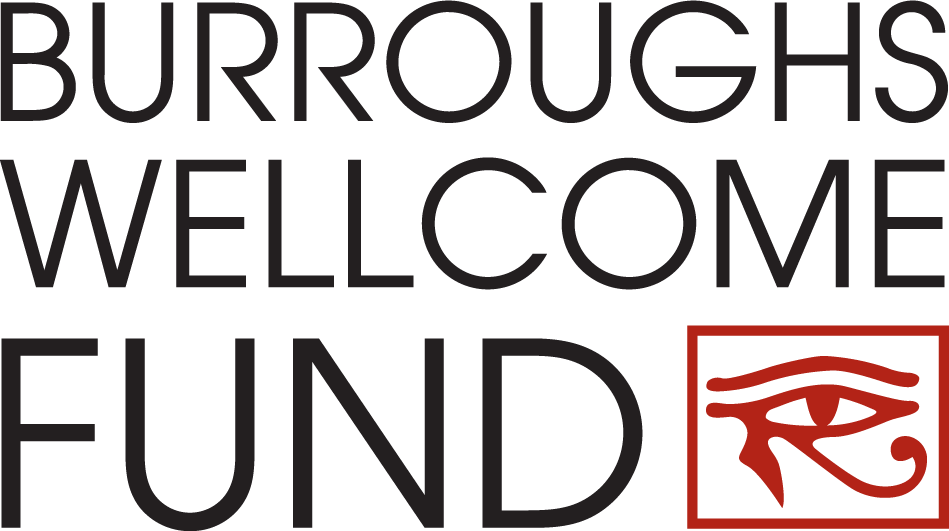 When Ishmail Abdus-Saboor was 14, he turned the third floor of his parents’ Philadelphia home into his personal laboratory. There in Germantown, he carefully tended to his experimental subjects, hundreds of freshwater crayfish, which he kept in dozens of shoebox-sized plastic containers. He clipped off various appendages of the unlucky crustaceans, then plied them with ginseng to see if the popular herbal remedy helped them regenerate their lost limbs or claws faster. The experiment took his entire freshman year at Central High School to complete, and earned him first place in the Citywide Science Fair.
When Ishmail Abdus-Saboor was 14, he turned the third floor of his parents’ Philadelphia home into his personal laboratory. There in Germantown, he carefully tended to his experimental subjects, hundreds of freshwater crayfish, which he kept in dozens of shoebox-sized plastic containers. He clipped off various appendages of the unlucky crustaceans, then plied them with ginseng to see if the popular herbal remedy helped them regenerate their lost limbs or claws faster. The experiment took his entire freshman year at Central High School to complete, and earned him first place in the Citywide Science Fair.
Many years later, Dr. Abdus-Saboor’s scientific curiosity continues to rack up the awards. He is the recipient of a Burroughs Wellcome Fund Postdoctoral Enrichment Grant, an NIH Institutional Research and Academic Career Development Award, and most recently, an NIH Pathway to Independence Award. While building a research program of his own to solve chronic pain, he has also sought out opportunities to educate and inspire the next generation of scientists.
Dr. Abdus-Saboor credits his third-grade teacher and early mentor, Mr. Moore, with piquing his interest in science. He remembers field trips to marshes and creeks, where he got to explore nature and ask questions. When he was ten, he begged his parents for a subscription to Turtle Digest. He loved animals, and, like many kids, thought he might grow up to be a veterinarian. He went to college at North Carolina Agricultural and Technical State University (NC A&T), a historically black college in Greensboro, NC. After spending a couple summers interning at vet clinics, he realized vet medicine wasn’t for him. “It was too monotonous and routine,” he said. ”The excitement I found doing experiments as a kid just wasn’t there.”
The summer in between his junior and senior year in college, Dr. Abdus-Saboor took part in the Summer Undergraduate Research Program at the University of Pennsylvania, where he studied genes involved in heart development. The old thrill of discovery returned. After graduation, he hurried back to Penn to pursue a PhD in cell and molecular biology. His thesis project mapped the genetic underpinnings of excretory tube development in the worm C. elegans, a favorite model organism.
As he looked toward his future as an independent academic, Dr. Abdus-Saboor decided to switch gears – and continents. He took a postdoctoral fellowship at a branch campus of Cornell in Qatar, where he explored what he considers to be the last great unknown of human biology – neuroscience. “Neuroscience is where molecular biology was during its golden age in the 1950’s, when people were discovering the structure of DNA and the central dogma of molecular biology,” he said. “Plus, technology is improving at an exponential rate, such that experiments you could only do with smaller model organisms, like worms and flies, you can now do in mammals like mice.”
During his time in Qatar, Dr. Abdus-Saboor published three papers describing the neural circuitry that controls the sense of smell in mice. As he was catching up on the latest scientific literature, he came across a paper in the journal Cell that touted new techniques for interrogating the sense of touch, by Penn researcher Wenqin Luo. Suddenly, he knew exactly what he wanted to do when he returned to the States. For the last three years, Dr. Abdus-Saboor has been working as a postdoc in the Luo lab, studying the sensory neurons that detect vastly different sensations – the stroke of a feather, the prick of a needle, a light massage, a wet towel.
Normally, there is one set of neurons that responds only to touch, and another set that responds only to pain. But in the 100 million Americans living with chronic pain, those signals get mixed up. As a result, even the lightest of touches can be painful. “It is still unclear how this pathological signaling in the nervous system occurs,” said Dr. Abdus-Saboor. “Are these touch neurons miswired? Have they upregulated ion channels that make them act like pain neurons and not touch neurons? How does touch become painful? There are many more questions than answers.”
Dr. Abdus-Saboor is using a sophisticated technique called optogenetics that uses light to turn on specific neurons in mouse models of pain. Like an electrician flipping switches in a house to figure out which circuit breaker is connected to which light, he is trying to chart the neural circuitry that goes awry in chronic pain. In the end, he would like to create a map that others can follow to develop safer, more specific alternatives to opioids.
Curing chronic pain is a lofty goal, and one that might not come in his lifetime. To bring balance to his work, Dr. Abdus-Saboor teaches regularly at neighboring universities, where he hopes to encourage others to carry on the work he may be unable to finish.
“Research can be extremely frustrating,” said Dr. Abdus-Saboor. “Failure is the name of the game, and the successes can be few and far between. With teaching, if you put in the work to create a nice lecture, and you engage the students, it is an immediate victory. There is no delayed gratification. Only joy.”

The idea of giving back and encouraging others to explore science, and especially underrepresented minority scientists, formed the basis for the Postdoctoral Enrichment Program (PDEP).
Former BWF board member George Langford championed the creation of PDEP. Dr. Langford recognized that there was a talented pool of underrepresented minority scientists who, despite training at top institutions for their PhDs and postdocs, were not landing tenure-track faculty positions. Today, PDEP provides underrepresented minorities with funding and mentorship opportunities to help advance their careers in biomedical research.
Dr. Abdus-Saboor met Dr. Langford for the first time at a BWF reception for annual awardees. “There aren’t too many African-American neuroscientists who have achieved the career success that he has, so he had always been a big role model for me,” said Dr. Abdus-Saboor. “I was completely star struck.” Dr. Langford quickly put him at ease, and made it clear that he was interested in serving as a mentor.
“Mentors are important because they can tell you the unspoken rules within science,” said Dr. Abdus-Saboor. “You need to put certain things in your application materials, use certain language in your grants, give talks at certain meetings, get to know certain people. If you are a postdoc mining away in the lab all day, just trying to get that publication, then you are missing a step. It is about mastering those soft skills, it is about networking, and it is about being in the right place at the right time.”
The two have phone conversations every two months, and earlier this year Dr. Langford invited Dr. Abdus-Saboor to give a seminar at Syracuse University where he is housed. “He is on the top of my list as someone I can call for advice,” said Dr. Abdus-Saboor. “He has been really fundamental to my career.”
Alfred Mays, BWF program officer for Science Education and Diversity in Science adds “George Langford’s influence on Ishmail’s career is indicative of a quality mentor/mentee relationship. Through our network of PDEP Awardees, Ishmail has the ability to impact other young scientists by paying it forward.”
Published 16 January 2018.

By Marla Vacek Broadfoot, PhD
Marla Broadfoot is a freelance science writer with a PhD in genetics and molecular biology. She currently serves as an adjunct faculty member at UNC, a contributing editor at American Scientist, and president of the Science Communicators of North Carolina. Her work has appeared in a variety of publications including Scientific American, STAT News, Discover, Nature News, and Science News. She lives in Wendell, NC.
Photos by Ed Newton. Ed is a freelance photographer based out of Philadelphia, Pennsylvania. He received his BA from Temple University in Media and Communications Studies with a focus on visual narrative. He placed 8th nationally in the Hearst Journalism Awards for multimedia team reporting for a piece on Philadelphia graffiti culture. He has spent his time documenting the city and developing specialization in the fields of documentary and lifestyle photography.
